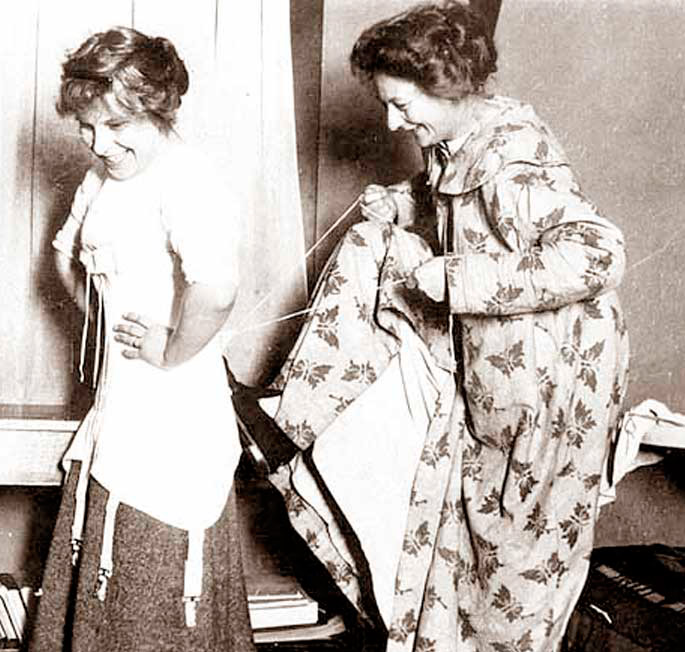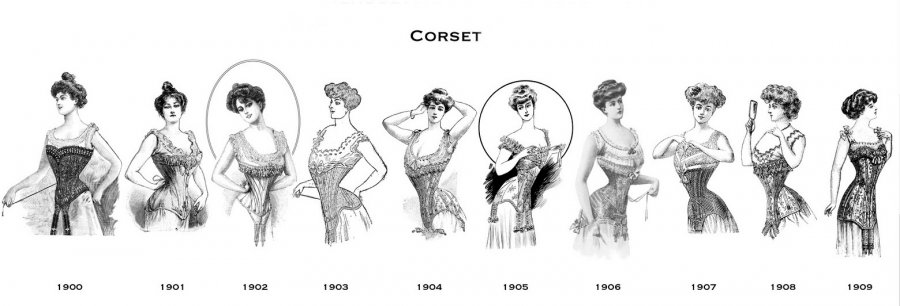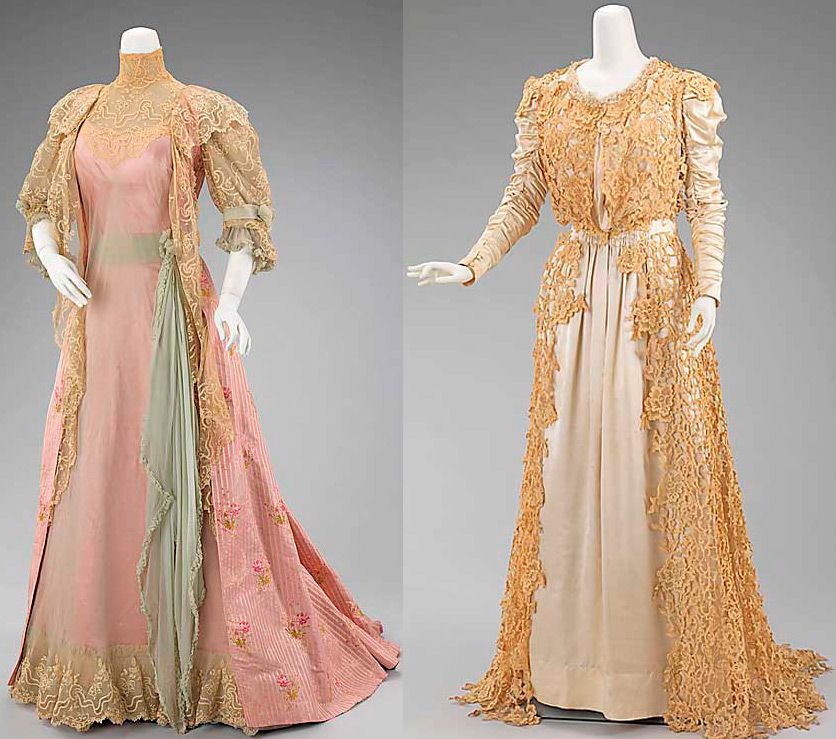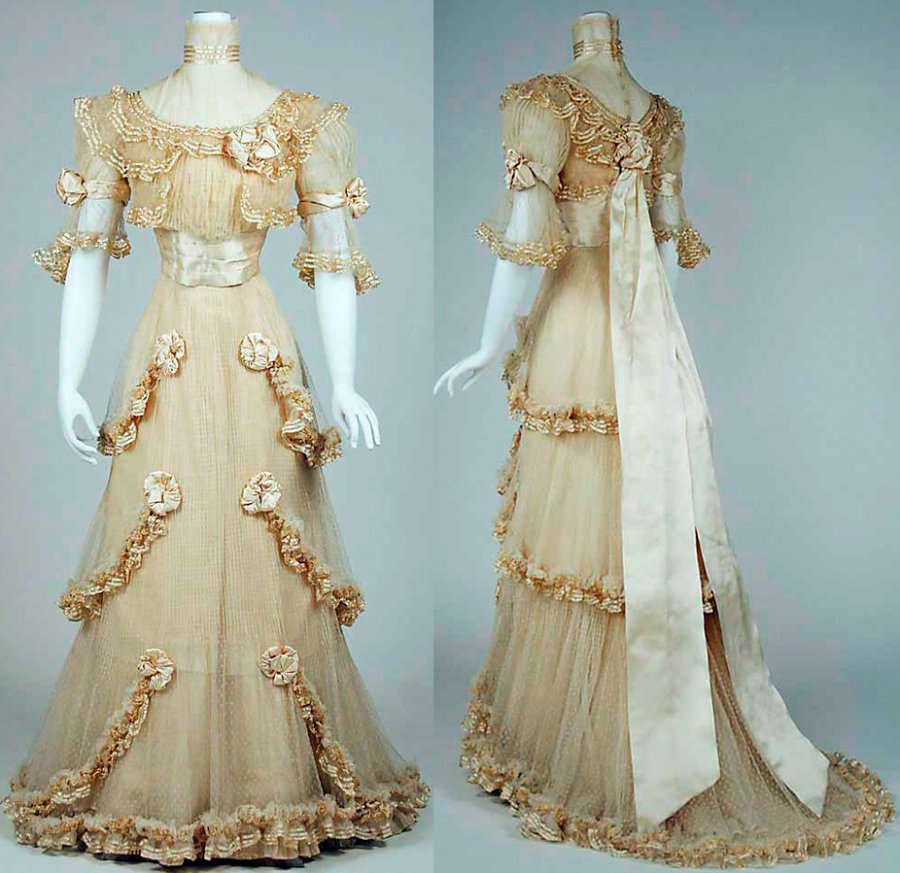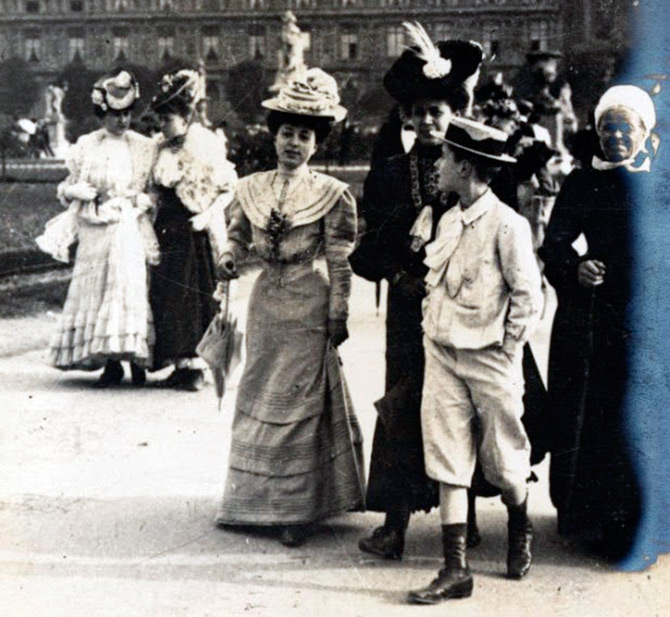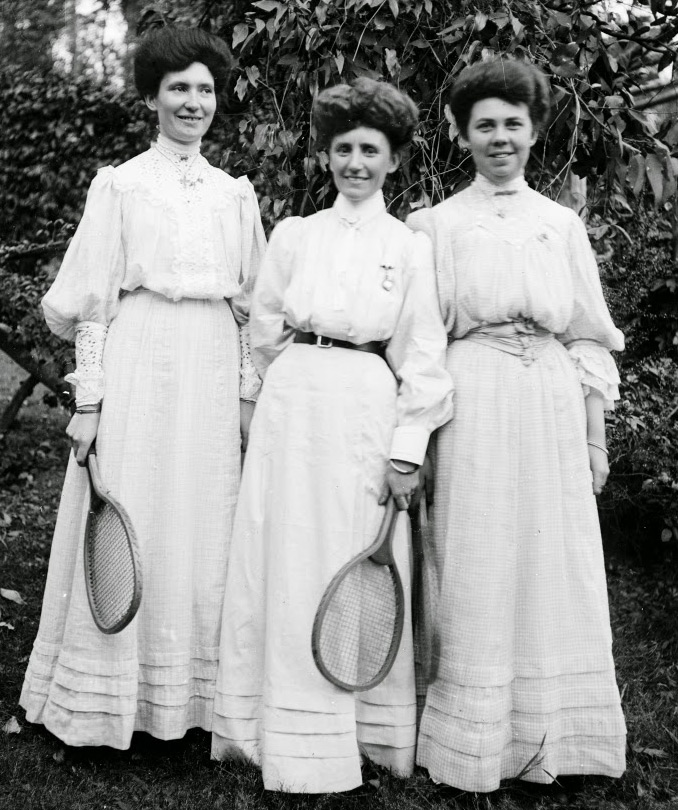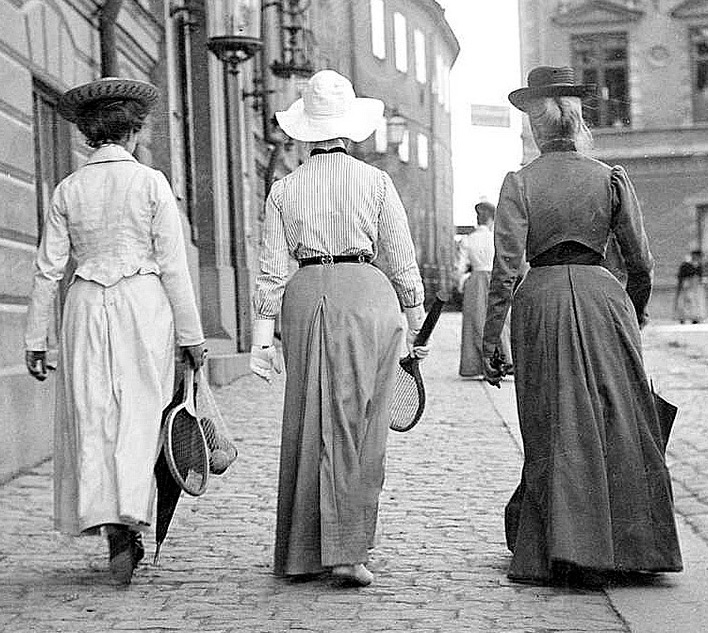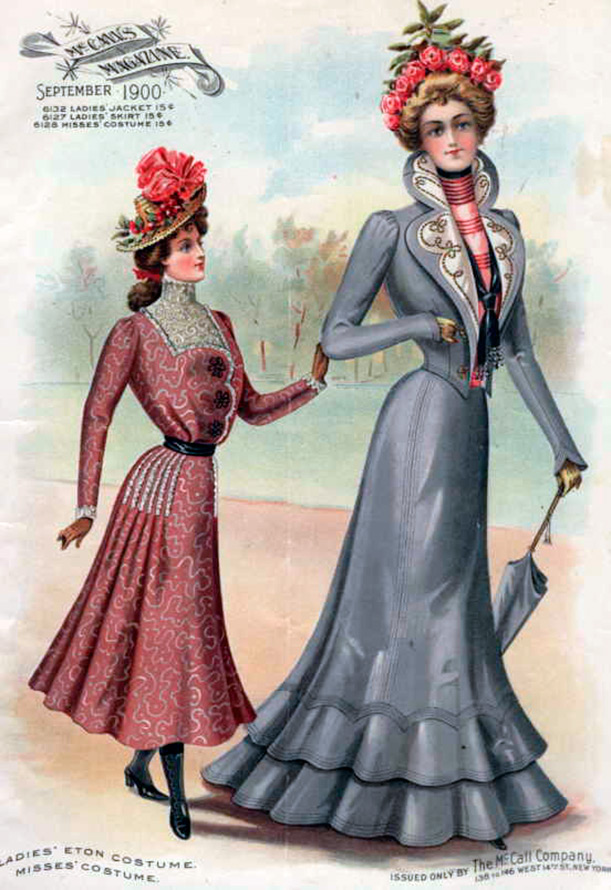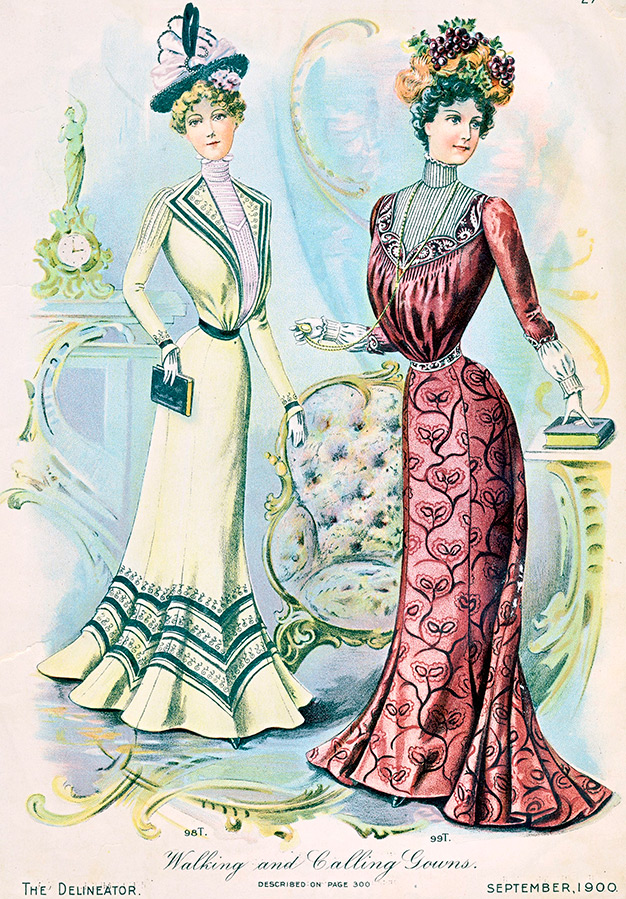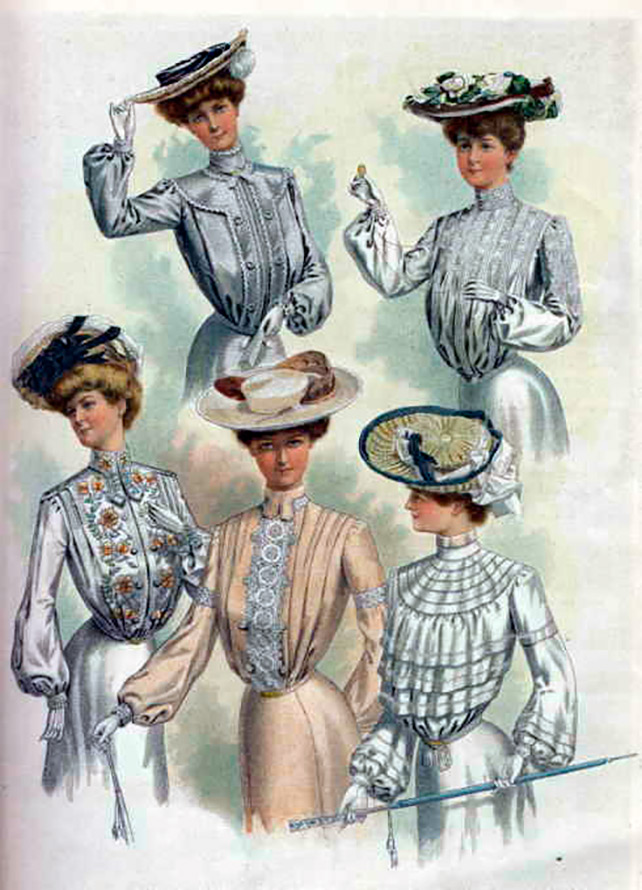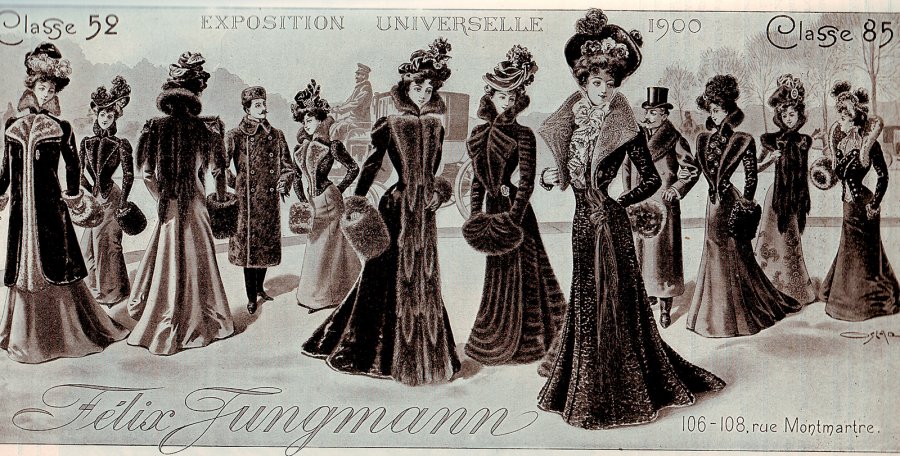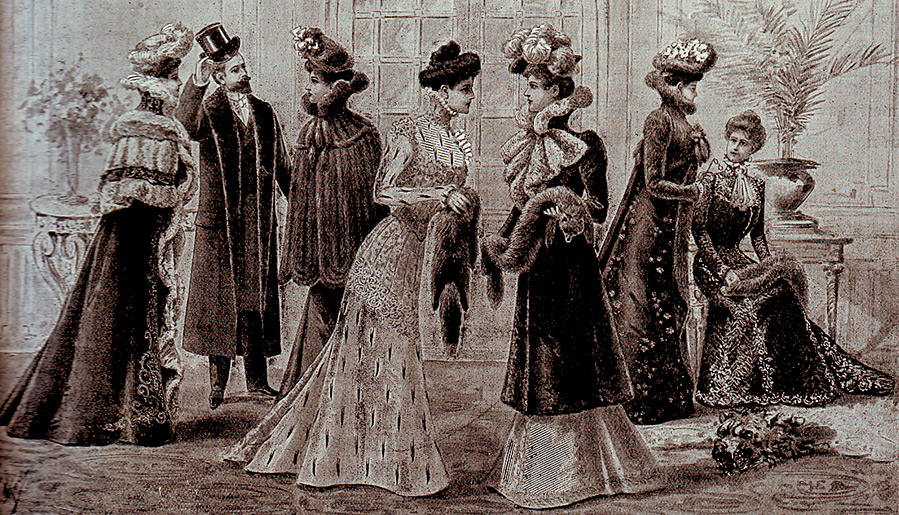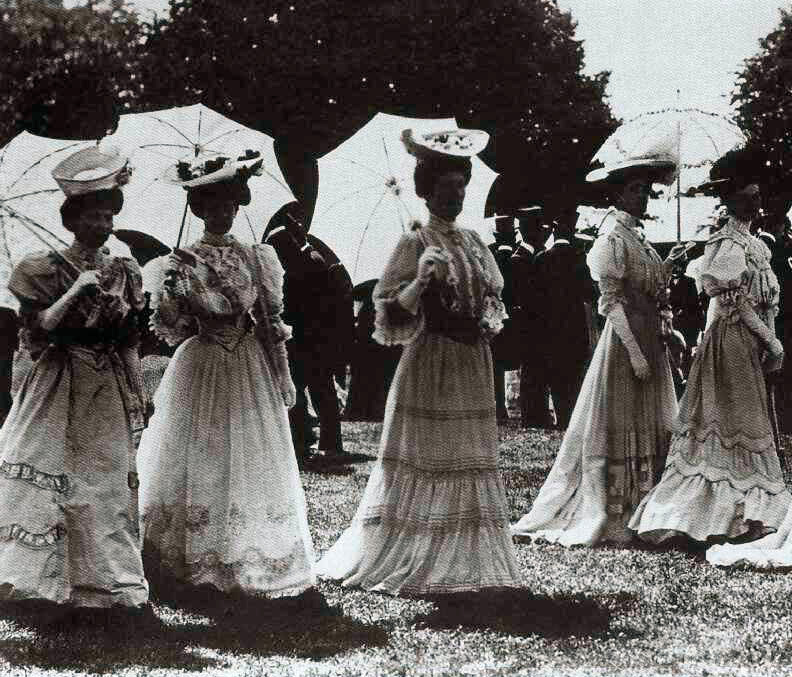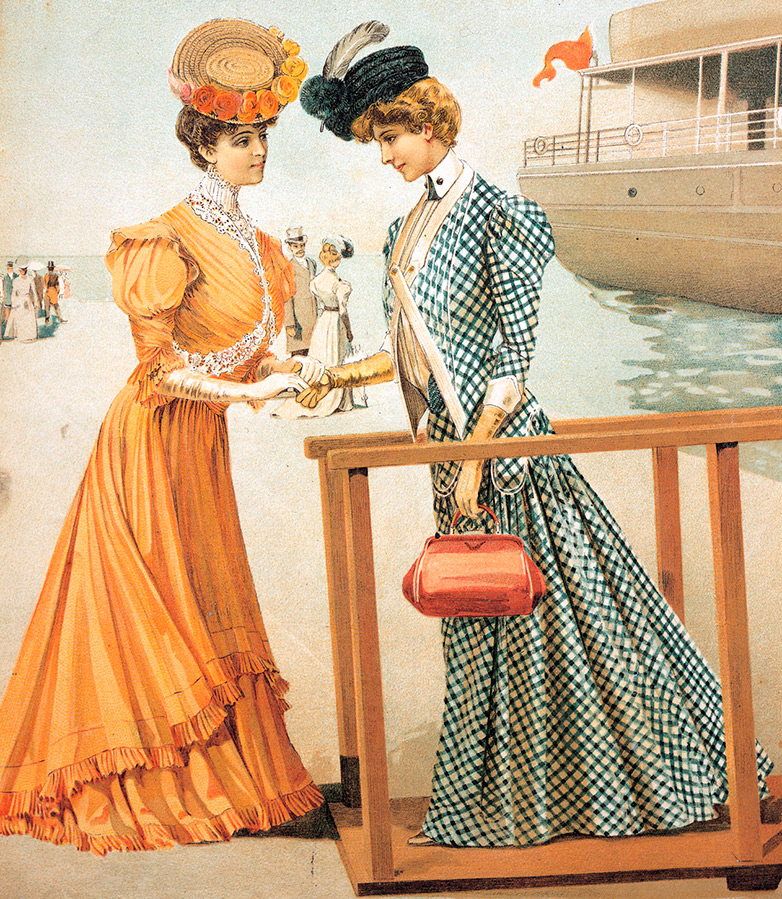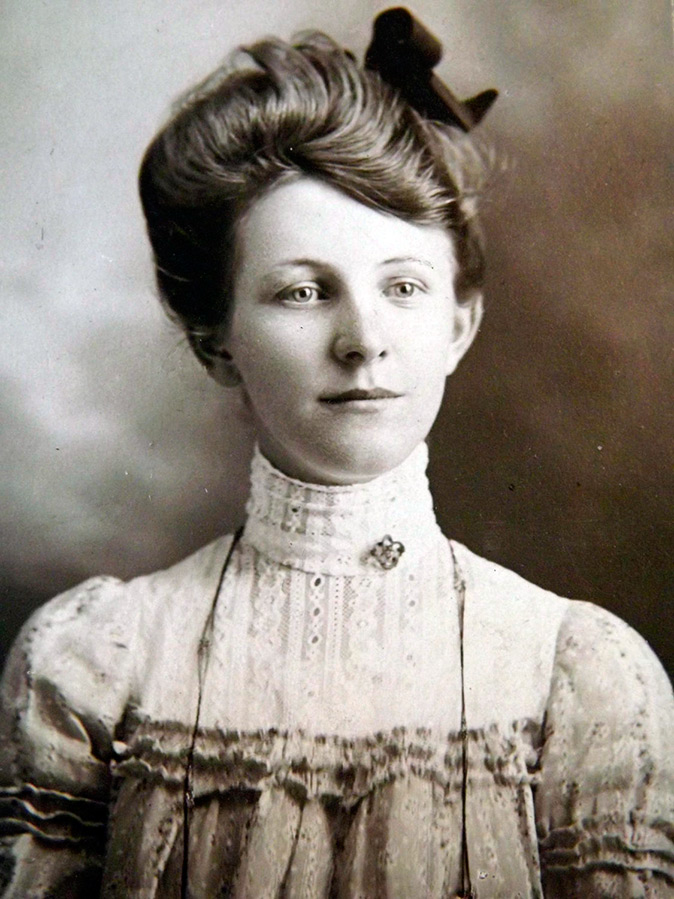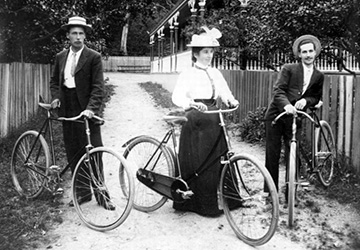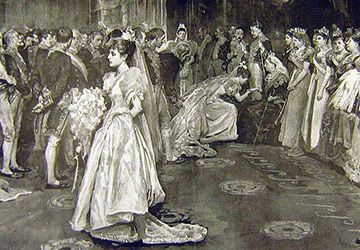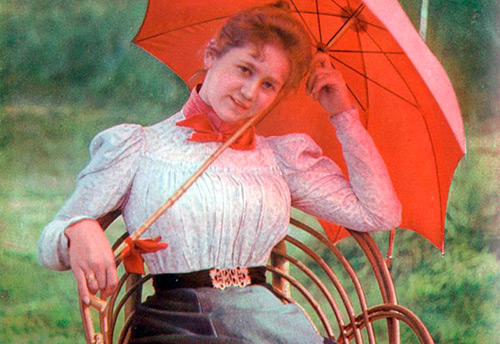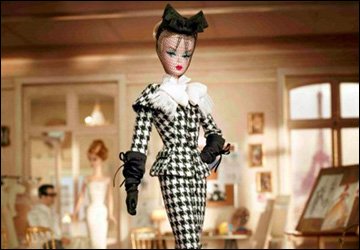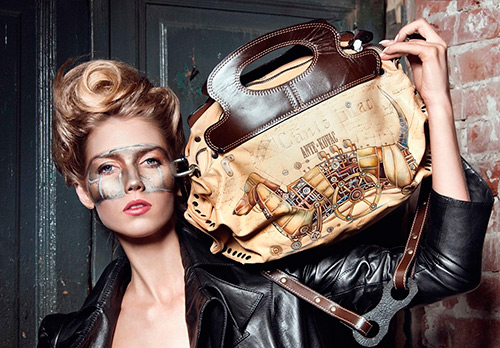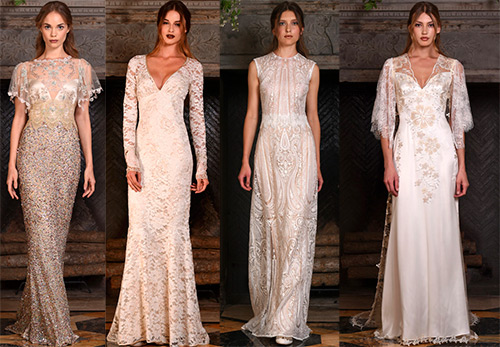Style
Fashionable clothing and Art Nouveau in the 1900s
The 1900s came, the twentieth century began. Nothing yet foreshadowed the horrors and catastrophes of the new century, the tragedies of the two world wars. From magazines and photographs, the porcelain faces of beauties smiled, among which one could see Gibson's girls, new beauties appeared next to them - the trendsetters of beauty and fashion. To them belonged Lina Cavalieri - an incomparable opera singer, whom all fashionistas tried to imitate in everything, the metropolitan audience applauded the French dancer - Cleo de Merode, everything seemed to be eternal ...
The 1900s is a continuation of the Art Nouveau style that existed in the last decade of the 19th century, offering either a mutton sleeve or an S-shaped figure with a tired crooked gait, and towards the end of its existence it completely approached the banishment of corsets. The Art Nouveau style in France was called "Art Nouveau", in Germany - "Jugend style", in Italy - "Liberty".
In the early 1900s, women's corsets still tightened the figure. It was during this bright, albeit short, era of modernity that the corset took a fundamental place in the women's suit. At the end of the 19th century, the S-shaped bend of the body was barely perceptible, but in the 1900s it was already serious. The Art Nouveau corset has become one of the most perfect pieces of applied art. All of its parts are not only unique in terms of purpose, but also beautiful in themselves.
Corset - creation of the 1900s deserves special attention and research of each of the elements, their functionality, location and combination with each other. The heyday of Art Nouveau was the last period of the existence of the corset, which kept the upper part of the figure curved forward, and the lower one - back. The chest looked lush and voluminous, slightly shifted downward, the waist volume was minimal.
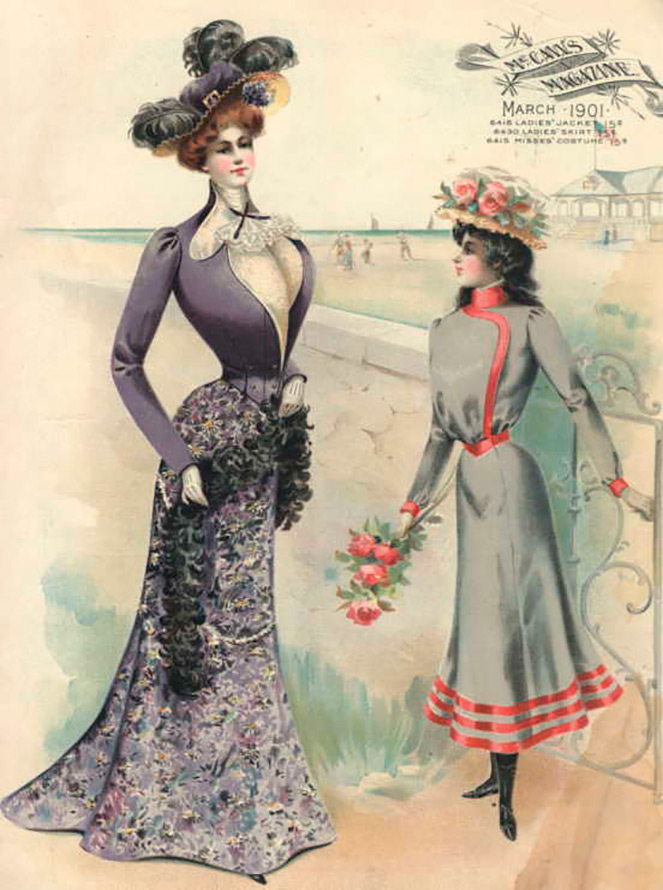
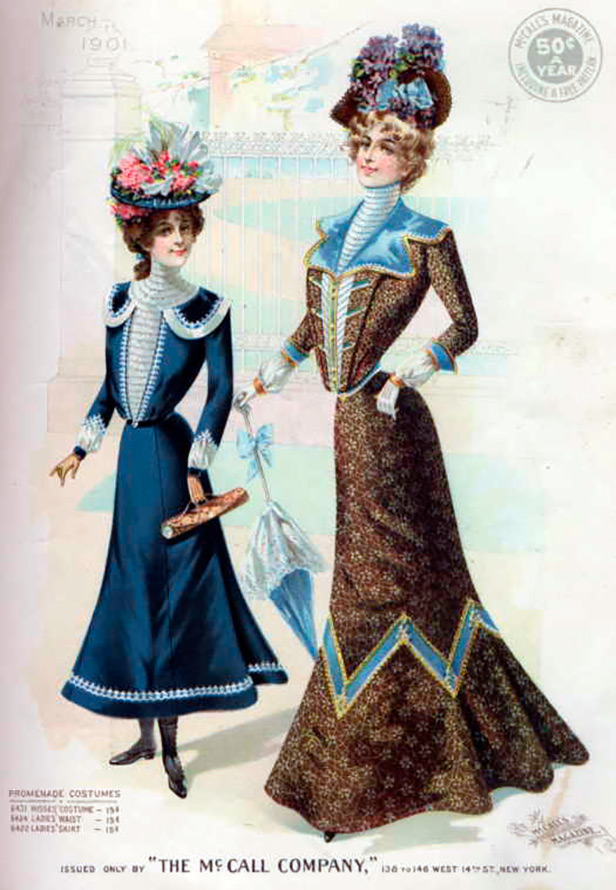
The corset tightened the belly and lengthened the front of the torso so that the waistline was below the front and above the natural line at the back. Therefore, the S-shape was even more expressive. It was easier for those who possessed Rubensian forms, while others had to go to the cunning and inventions in order to make two "hills" heavier on their figure - in front and behind. Sometimes these "hills" were so elevated that their owners were threatened with loss of balance.
At this time, advertisements about artificial busts appeared in magazines more than once, which could increase in volume at your request. To make the hips splendid, special pads were used, attached to the corset. In general, the entire structure of the corset of that time deserves admiration.
By lengthening the torso, it is possible to place a lot of overhead elements on the bodice: lush frill, bodice draperies, lace yokes, frills, ruffles, etc. The skirt, tightly fitting the hips, fanned down along the hem. High stand-up collars were held in place by celluloid plates or made in the form of numerous frills.
Evening dresses had a deep neckline, and such a dress was usually worn with an ornament - a "collar", for example, it could be pearl beads in several rows. The stand-up collars and the shape of the neck decorations emphasized the long "swan" neck, on which the head rested with a luxuriant hairdo, sometimes not of one's own hair, but with padded rollers.
To keep all these structures on the head, all kinds of combs, hairpins and hairpins were required. These hair ornaments were made from turtle shell, mother of pearl, from openwork crimped horn, and many were limited to celluloid combs imitating a turtle shell.
The indispensable accessories were silk stockings, which could only be guessed at, and narrow gloves that did not leave even a thin strip of a bare hand.The Art Nouveau lady was so carefully laced and draped that a small part of her bare arm or neck aroused admiration in men and provoked the mystery of this person to be solved.
The entire lady in the complete collection of her outfit was something incredible, consisting of thin flowing fabrics with beaded patterns, cascades of lace and ostrich feathers, precious furs and silk with shimmering threads. The S-shaped figure had to be balanced with large hats, which were decorated with feathers, ribbons, and bows. These hats lasted almost until the late 1900s. And ostrich feathers were the most expensive decoration and even a symbol of high status in society.
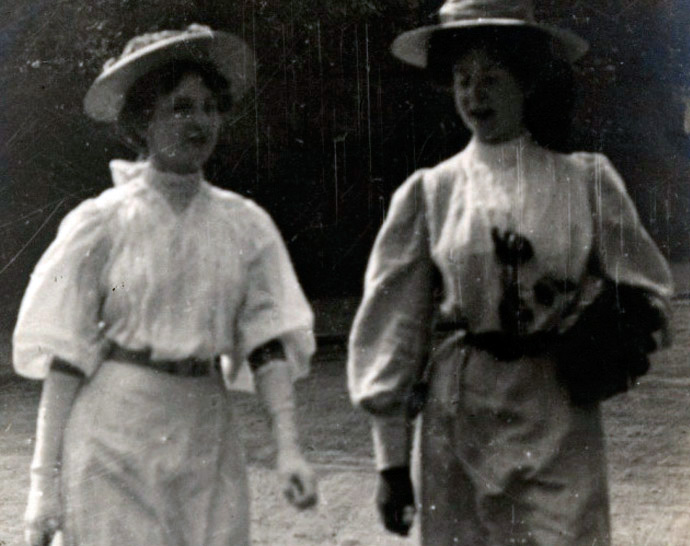
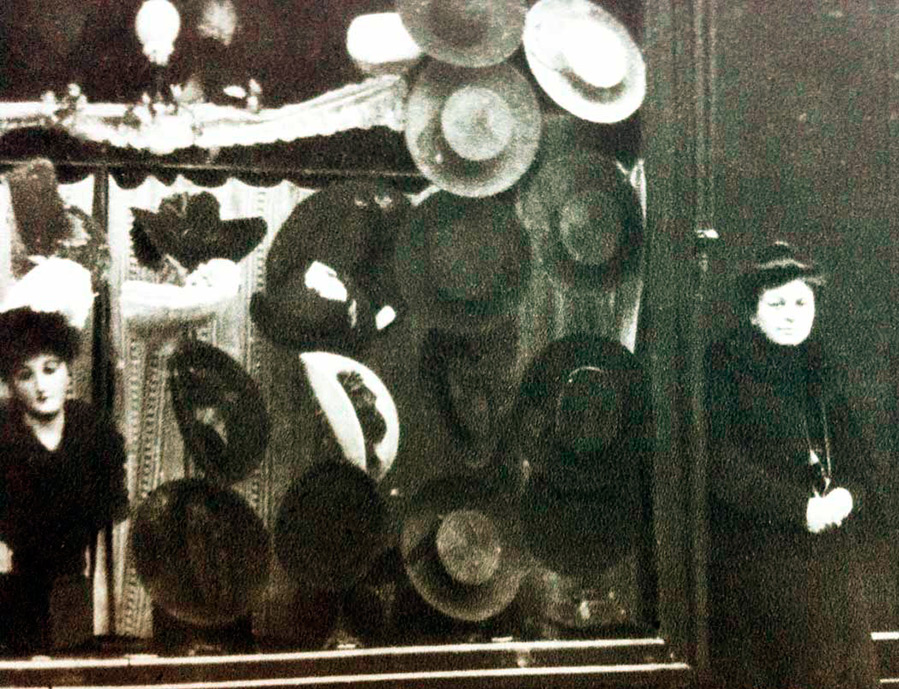
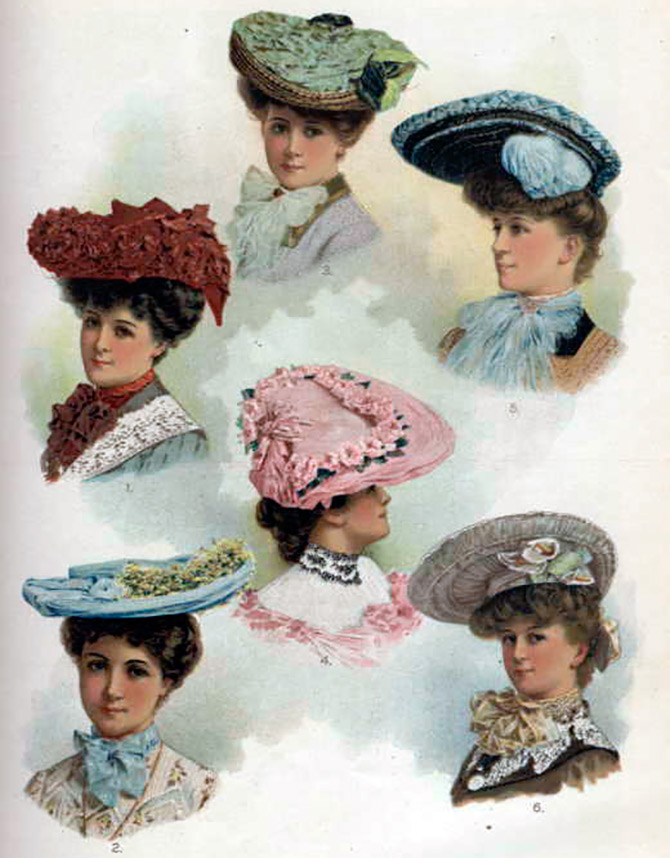
In winter they wore fur hats and hats, in Russia they wore "boyar" hats. Huge hats, boas, muffs, scent of perfume, ruffles, lace, fans, airy elegant underwear - all this had an attractive force and caused admiring glances, because at the turn of the century they were a means of seduction. By the way, underwear, which only a select few could see, demanded especially increased attention during that period. This was facilitated by numerous magazines published in Paris and covered fashion on this topic.
In the second half of the 1900s, the East began to penetrate the ladies' wardrobe - robes and morning capes in the style of kimono, wrap-around blouses, parasol umbrellas made of Chinese silk, and geisha-style hairstyles appeared. But there were still no rich and clear colors of the East, pastel colors prevailed. After all, from the moment when the Russian Ballet appeared in Paris, when its first tour took place with sensational success, the East with its splendor of bright colors and patterns opened up for fashionistas.
Gradually, curvy forms began to give way to graceful and thin ones. During this period, magazines wrote a lot about the reform of clothing, which should be comfortable and spacious, not hampering movement and breathing, and corsets should be completely expelled from the women's wardrobe.
Simple dresses appearedwhich were called “reform” dresses. They fell from the shoulder, were quite spacious, with a barely outlined high waist. At first, some ladies allowed themselves to wear such dresses at home, and they accepted only close friends and relatives in them.
Another example of a lady's attire from the "reform" was a white "American" blouse with a stand-up collar, over which a tie was tied, and a skirt widened downwards and narrowed at the waist and abdomen. It was a daytime outfit - "deuce". There was also a three-piece outfit, in which a two-piece was complemented by a fitted jacket. The sleeves were gathered at the shoulder, but these were the remnants of the former greatness of the sleeve - a ham, just above the elbow to the wrist, the sleeve was narrowed and ended at the very fingers, because a decent lady should be draped from ears to toes.
Suit - a three-piece was called a trotter... In addition to it, there was a cane umbrella, with which many ladies did not part. They liked to wear such suits in spring and autumn. In the winter season, they wore seki coats, mantles, rotunda with fur, fur coats, as well as velvet coats.
Capes-capes embroidered with embroidery were in fashion. Capes were usually worn in combination with a wide-brimmed hat.
Shoes more often they had a "French heel", they were made of the softest leather chevro - the skin of a lamb of an especially fine workmanship. All shoe models had elongated toes, were decorated with buckles or had a closed instep - "tongue"; ankle boots and lace-up boots were in fashion. On the "French heel" was attached a metal plate - "pompadour" made of engraved steel.
But in the same decade, when the ladies looked laced up to their ears, the era of emancipation was approaching, the era of a new woman, under whose light dress a slender figure was hidden instead of a magnificent corset, even if it was a masterpiece of design thought.
Comments and Reviews
Add a comment
Rating news
Shades of clothing that make women look younger
What shades of hair make women younger: rules and photos
Funny wedding dresses - photos and ideas
12 most expensive down jackets for the winter
How to look 25 at 40: tips from supermodels
Beautiful schoolgirls
Anti-aging haircuts and hairstyles for women
Fashionable skirts for autumn and winter
Fashionable women's trousers for the cold season
Fashionable and stylish sandals for summer 2024
Spring-summer 2024
 Fashionable dresses and tops with thin spaghetti straps
Fashionable dresses and tops with thin spaghetti straps
 Bandana tops: how to wear stylishly and beautifully
Bandana tops: how to wear stylishly and beautifully
 How to put together the perfect men's wardrobe for the summer
How to put together the perfect men's wardrobe for the summer
 Fashionable shorts for spring-summer 2024
Fashionable shorts for spring-summer 2024
 Fashionable skirts for spring-summer 2024: a guide to online shopping
Fashionable skirts for spring-summer 2024: a guide to online shopping
 The most fashionable dresses spring-summer 2024: styles and colors
The most fashionable dresses spring-summer 2024: styles and colors
 Fashionable total look 2024: ideas of images and trends
Fashionable total look 2024: ideas of images and trends
